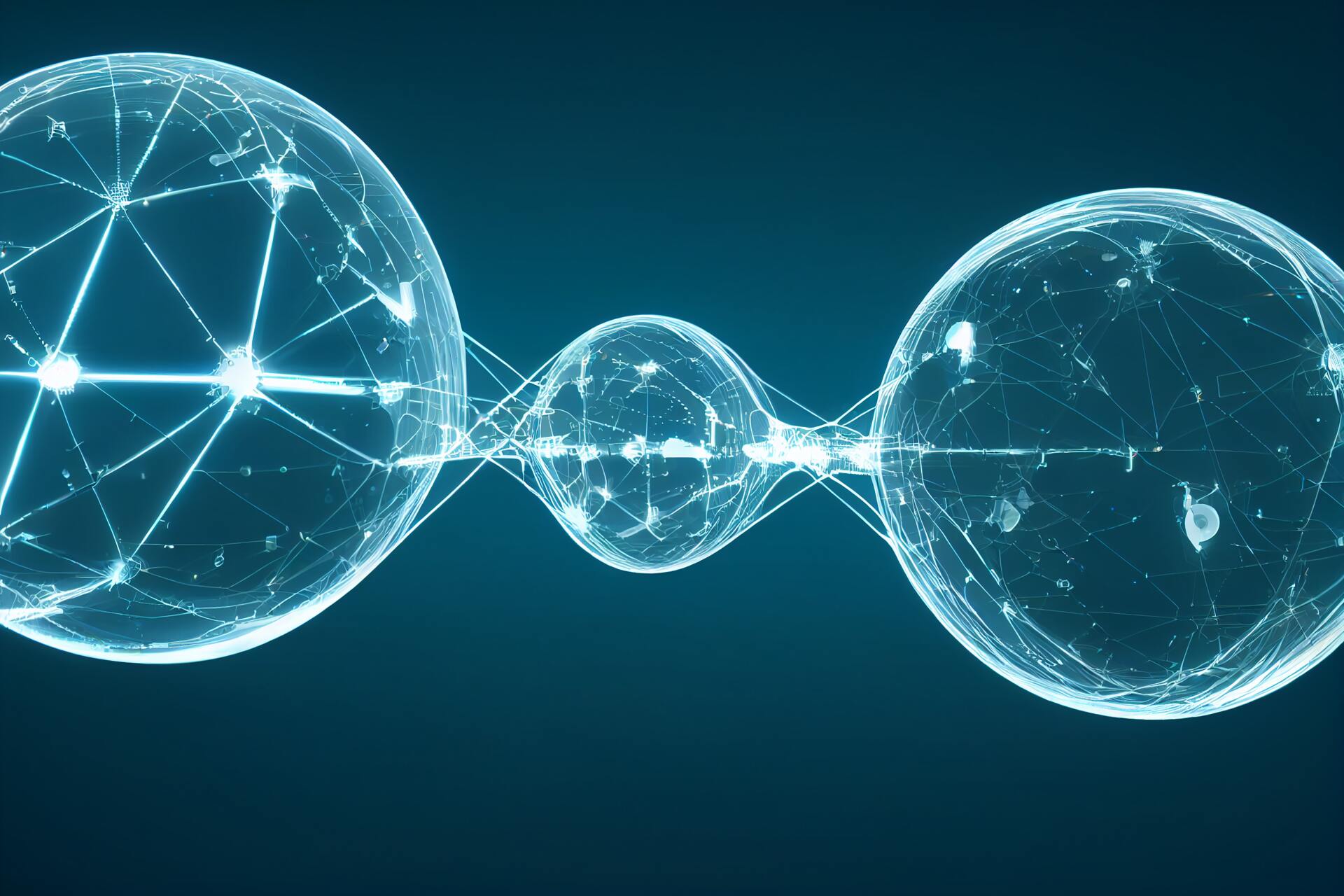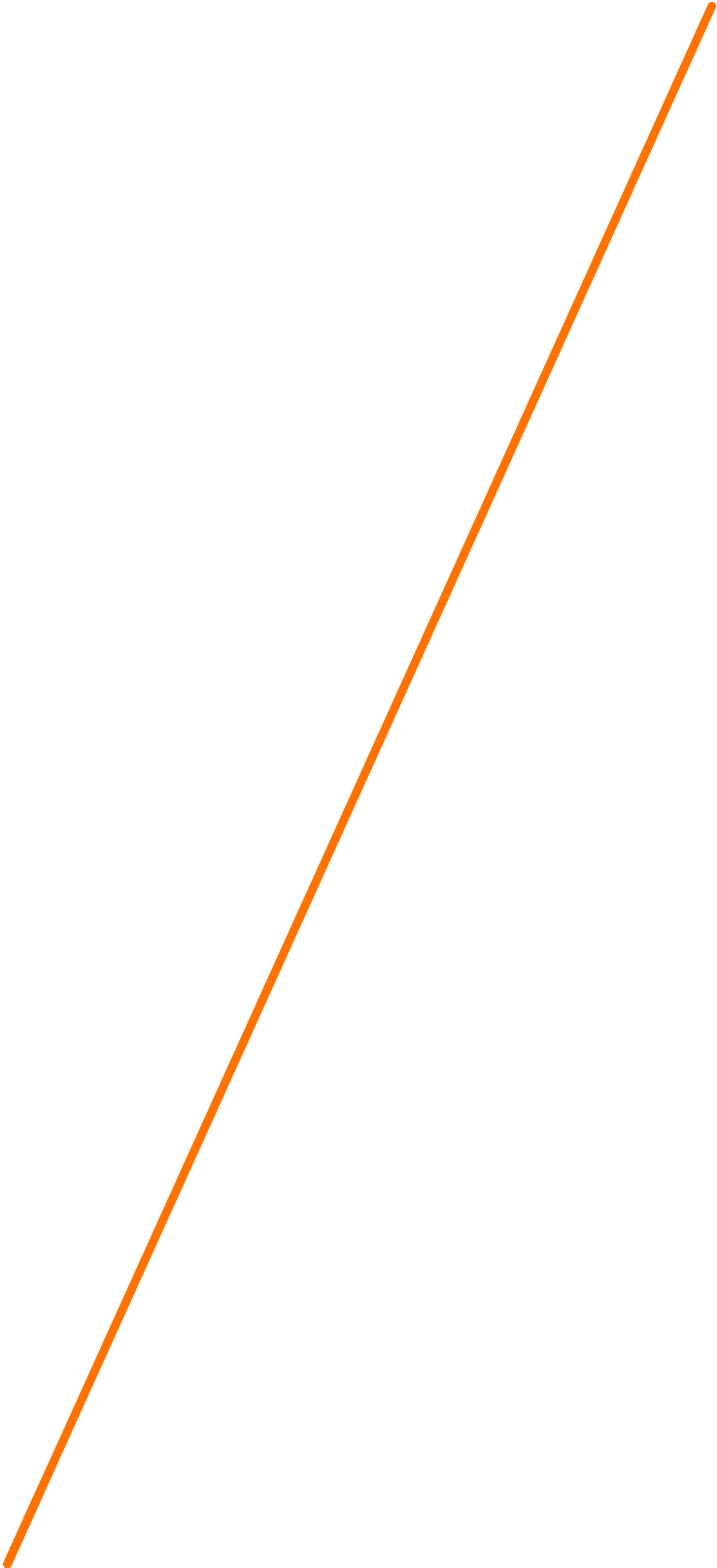Chapter 10
What is a DAO?
How can an organisation be more democratic and transparent? Is it possible to have a better management structure with a greater sense of community and participation? Yes, that's possible. Welcome to this chapter on DAOs. Super interesting what DAOs will bring and bring together in the future.
DAO stands for
Decentralised
Autonomous
Organisation
A DAO has a structure without central authority.
You can become a member of a DAO by purchasing tokens. Members can vote on organizational initiatives. Smart contracts are implemented for the DAO and the code governing the activities of the DAO is made public.
What is the purpose of a DAO?
A DAO is set up to improve the traditional management structure of many companies and organizations. The basis is decentralization. So rather than relying on a single person or a small collection of individuals at the top, a DAO wants to give each member a voice and opportunity to propose initiatives. A DAO also strives for strict governance dictated by code on a blockchain.
How does a DAO fund itself?
A DAO raises initial capital by trading its own tokens. These first tokens represent the voting power and ownership relationships between members/token holders. Once a DAO becomes successful, the value of the token will increase. A DAO may decide to issue future tokens at a higher value in order to raise more capital. A DAO may also invest in assets if its members decide to approve such measures. For example, a DAO can acquire companies, NFTs or other tokens. Should those assets increase in value, the value of the DAO will increase and so will the value of the DAO token.
Main types of DAOs
DAOs are typically divided into two groups: DAOs for fundraising and DAOs for decentralized governance.
DAOs for decentralized governance are groups of people who collectively own a given initiative, good, or service. It is possible to further divide these DAOs into subcategories like protocol, business, social, and media DAOs.
The goal of fundraising DAOs is to gather a group of people who raise money for investments or donations. This group can be divided into Investor, Grant, and Collection DAOs.
Benefits of a DAO
- Decentralized structure set-up is possible
- Members have a say in the entity's planning, strategy and operations.
- A sense of community, people from all over the world come together to build a common vision. With just an internet connection, token holders can communicate with other owners wherever they live.
- Transparency within DAO votes are cast via blockchain and made public. This naturally encourages token holders to act more responsibly.
Disadvantages of a DAO
- There can be serious consequences to setting up or maintaining a DAO incorrectly.
- Potentially slow decision making. When each member is given the opportunity to vote, the speed of decision-making can slow down.
- Educate and inform members. A DAO has the responsibility of educating members regarding ongoing entity activities. A challenge of DAO is therefore to bring a diverse group of people together, to grow and to communicate as a unit.
- Inefficiency. Because of the time it takes to administratively educate voters, communicate initiatives, explain strategies, and onboard new members, it's easy for a DAO to spend a lot more time discussing change than implementing it.
- Security. A DAO requires significant technical expertise to implement; without it there may be invalidity in the way votes are cast or decisions are made. In addition, trust can be broken and users leave the entity if they cannot rely on the entity's structure. Even through the use of multi-sig or cold wallets, DAOs can be exploited and reserves stolen.
"It's time to let go some control, let's DAO it..."
- Riku
What People Say About Us

“Great guide. I always wanted to learn this!”
John Smit
“Love this free service. Can’t wait to read the next blogs about crypto insides!”
Mary Brown
“Not sure why I didn't discovered this website earlier. It’s super!”
Robert Wilson
Helping people, entrepreneurs & businesses to bridge the gap between the internet of today towards the revolutionary Web4 movement.
#TakeItBack
Support us
Support the free and independent movement!
with 5 Euro / Dollar you already help us enormously!
Bitcoin wallet:
bc1qtl0yyayrdy2p74xf52ts75tw2tl0aleehhtfjl
Monero wallet:
44gKNgXYMEfFFBR4J1ySmj161zYpMZdGZPH1D2mDnYHTPXLmv83d58CbF6uNWpDq1Vdgw1NLwkJNkR1NEmqmC5xa6ZzRehG
Ethereum wallet:
takeitback.eth






